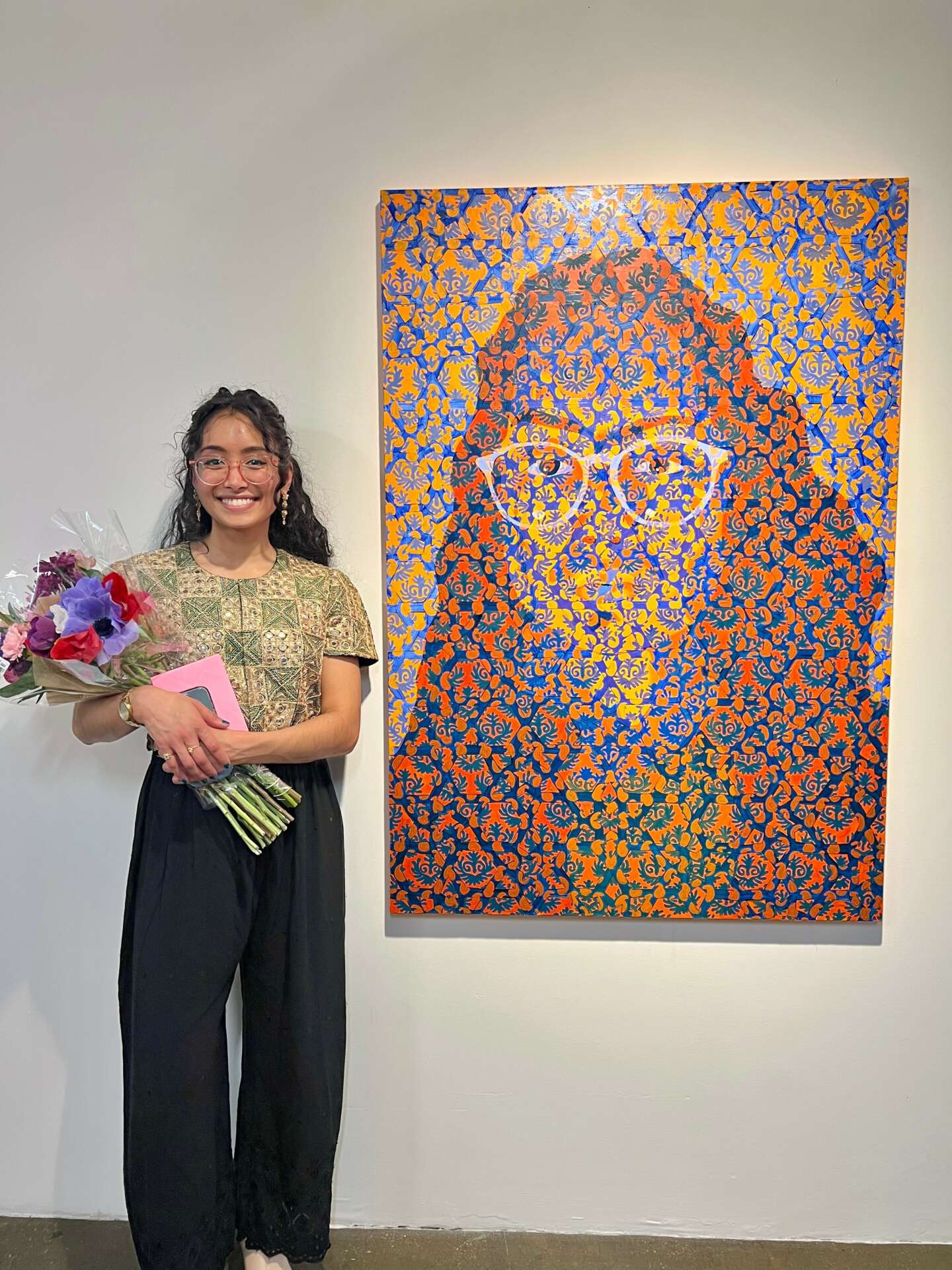We’re excited to introduce you to the always interesting and insightful Monica Srivastava. We hope you’ll enjoy our conversation with Monica below.
Monica, looking forward to hearing all of your stories today. Did you always know you wanted to pursue a creative or artistic career? When did you first know?
Honestly, I think back to my childhood and try to remember a time when I didn’t want to pursue a life in the arts. There’s a bit of a stereotype about artists having a love for the craft since they were kids with crayons, and I actually fit that stereotype perfectly. I like to say that I didn’t choose painting, as much as painting chose me. As a child, I always gravitated towards making – I’d doodle in the margins of all of my notebooks, I’d make lanyards until my hands were raw at summer camp, I can remember my kindergarten teacher telling me that I didn’t have to use every color in all of my drawings, and I’d beg my parents to buy me new paint, brushes, and colored pencils for every birthday. I was lucky that my mom also had a love for the arts, and she was my first art teacher. She ran a program at our elementary school called “Art in Action”, and I remember feeling so much pride in her ability. That was probably the earliest moment I had of recognizing how deep my love for art ran. As I got older, I felt a lot of pressure to find a more “practical” or reliable career path, but by the time I was in high school, I knew that nothing else would be as fulfilling or could sway me from my path. My high school art teacher, Mr. Matthew McCarthy, convinced my mother that I would get a better arts education by going to an arts-focused college, and that’s when things really changed for me. I decided to go to Massachusetts College of Art and Design, where I met the esteemed Steve Locke, and four years later he convinced me to pursue my MFA at Pratt Institute.
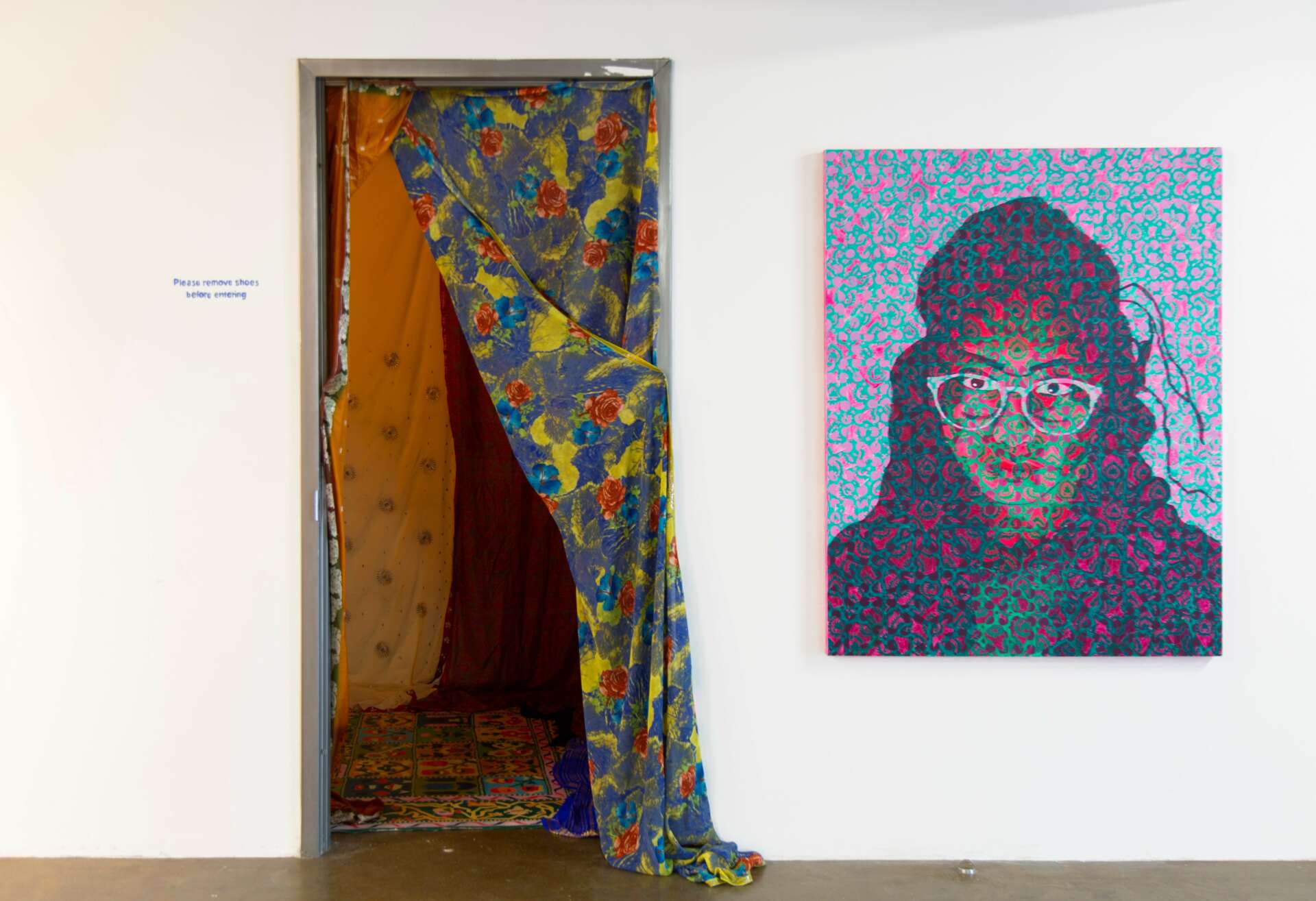
Monica, before we move on to more of these sorts of questions, can you take some time to bring our readers up to speed on you and what you do?
I like to say that I came to the arts through education, though I’m not entirely sure how true that is. Maybe I came to education through the arts. As I said earlier, I’ve always been pulled to be a maker. But, my mom was a teacher for most of my life, so I spent a lot of my teen years volunteering at the YMCA that she worked at, and at eighteen, I had my first experience teaching art there as art director of the summer camp. This experience led me to pursue a double major at MassArt in studio education and painting. I believe strongly in the work that teachers do, and some of the best artists I know have been teachers, and some of the best teachers I’ve had have been artists. It’s a cycle that feeds back into itself. My practice as an artist begins with reflecting on growing up as a child of Indian immigrants and the engagements I’ve had with Indian culture throughout my life. In the summer of 2018, my aunt took me on a three week long trip to India. While I had been to India many times before, as a child and a teen, this was my first chance to really see India and engage with my heritage as an adult. On this trip, we visited Delhi, Agra, Mussoorie, Jaipur, and Jaisalmer.
Through this experience of traveling throughout India and visiting historic landmarks and tourist locations, I became hyper aware of my experience as both an outsider and a descendant in these spaces. My parents immigrated to the United States from India in 1992, and my relationship with India has always been complex – I am of India, but I do not belong there. I am American, but only if you put the word Asian in front of it. I am neither foreign nor assimilated. This negotiation of belonging is the thread throughout my work.
I use textile and fibers as symbols in my work for identity, culture, community, family and relationships by exploring what it means to be connected, to be part of the “fabric” of something. My work references ancient Indian architecture as a way of questioning spaces of belonging, and whether or not there is a place in which I do belong. By making this work, I am staking out my own territory and carving out a space for my existence within a South Asian, Indian-American experience.

Can you share a story from your journey that illustrates your resilience?
I received my acceptance to Pratt Institute’s MFA program in the same week that I was laid off from my jobs and the nation entered lockdown during the global pandemic in March of 2020. At the time, I felt exceptionally blessed to have received this acceptance, but it was a turbulent year, and no one knew what the world was going to look like by the fall. I had to make the incredibly difficult and painful decision to defer my acceptance until the following year. Because of this, and my joblessness, I also had to figure out how I was going to spend the next year of my life so that I was entering Pratt’s program as the best version of myself. I couldn’t continue to deprioritize my artistic ventures, but I still had to find a way to financially support myself. I was lucky enough to have a free studio space, so I decided that if I wasn’t going to be enrolled in an MFA program that year, I was going to spend every day painting and learning. I also began working as a curatorial intern at deCordova Sculpture Park and Museum, so I was gaining experience in another part of the art world that I was passionate about. I learned so much in that year – about myself, about my practice, about the kind of artist I wanted to be, and about the art world at large. By the time I finally moved to New York and attended Pratt, I felt as though I’d become a stronger painter, writer, curator, and student. I was ready to learn more, and I was ready to dedicate myself to my studio practice. Looking back, I wouldn’t change a thing.
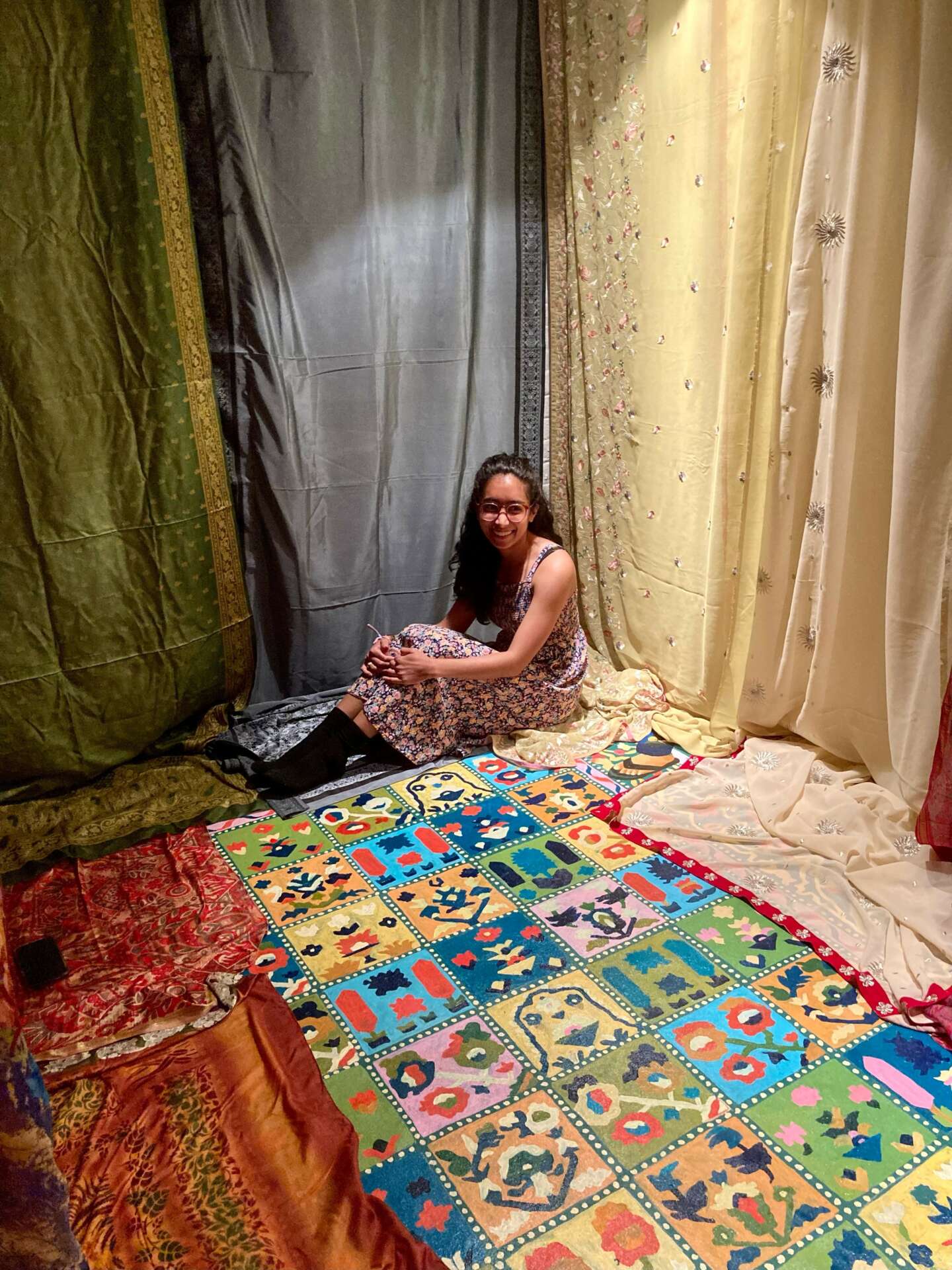
In your view, what can society to do to best support artists, creatives and a thriving creative ecosystem?
I believe fully in the importance of art in society. If art is anything, it’s public discourse. It is one of the most human things we do; it’s coded in our DNA, dating back to cave paintings, etching on walls, and stories told around campfires. We can’t help ourselves. All humans have this drive, this desire, to make the internal external. The best any of us can do is follow that instinct, and feed that ancient, primal, human hunger to create. When I was pursuing my undergraduate degree at MassArt, I taught a painting course for their Saturday Studios program to high schoolers from the Greater Boston area, whose schools did not have enough money to have their own art programs. Twenty students, from ninth to twelfth grade, woke up early on a Saturday morning to come to MassArt to learn how to be better artists. We need better funding for the arts, and more opportunities for accessible art. Young people need exposure to the arts, they need affordable access to museums, their schools need art programs, they need support from art teachers, and they need to know that they are drawn to the arts because they are human. I owe everything I have to the teachers who have supported me throughout it all, and to my parents who’ve invested in my career. Art is not a luxury. Our society needs to not treat it as such.
Contact Info:
- Website: https://www.monicasrivastava.com
- Instagram: @_mon527
- Linkedin: https://www.linkedin.com/in/monica-srivastava-9b4149149/
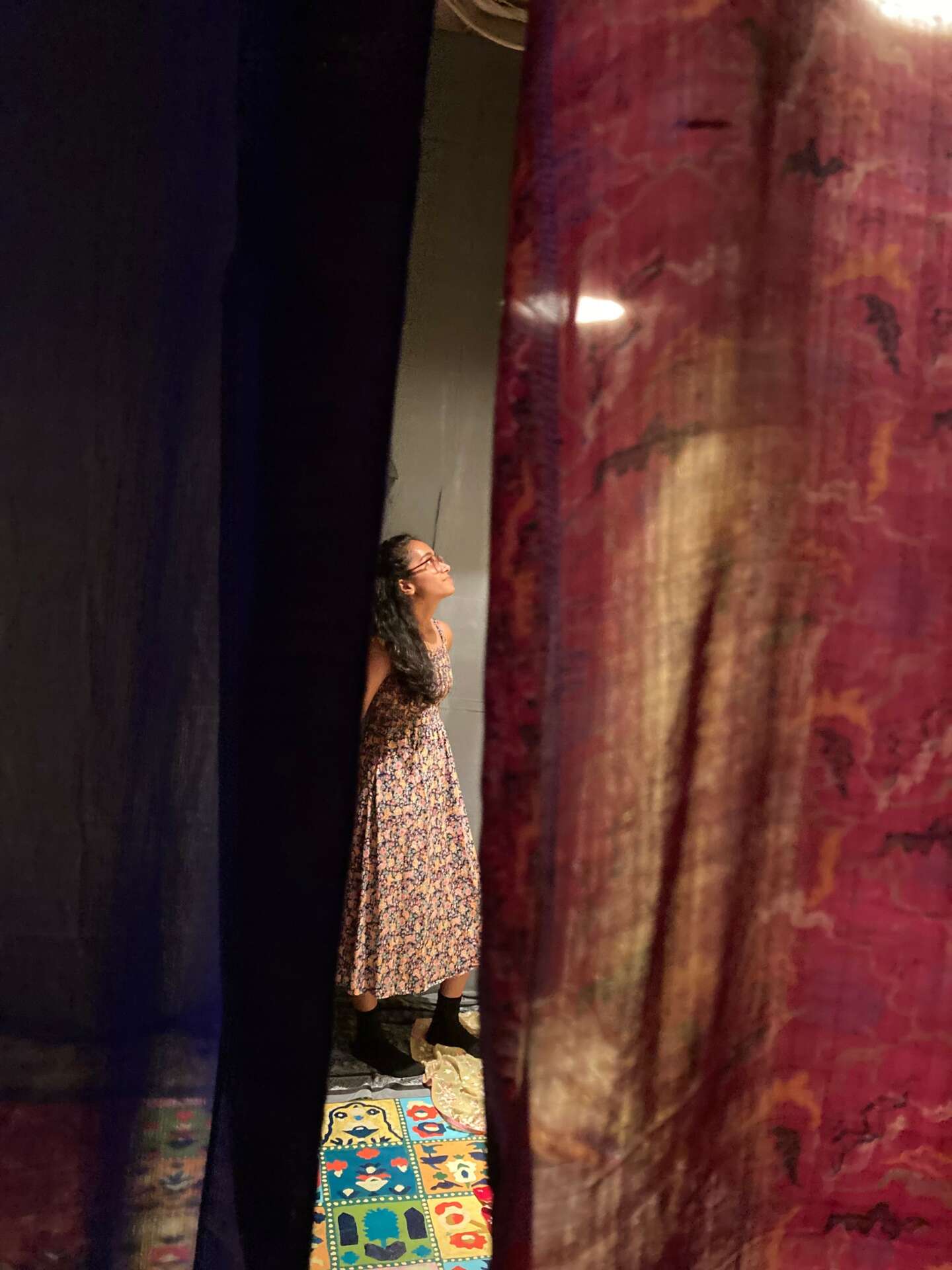
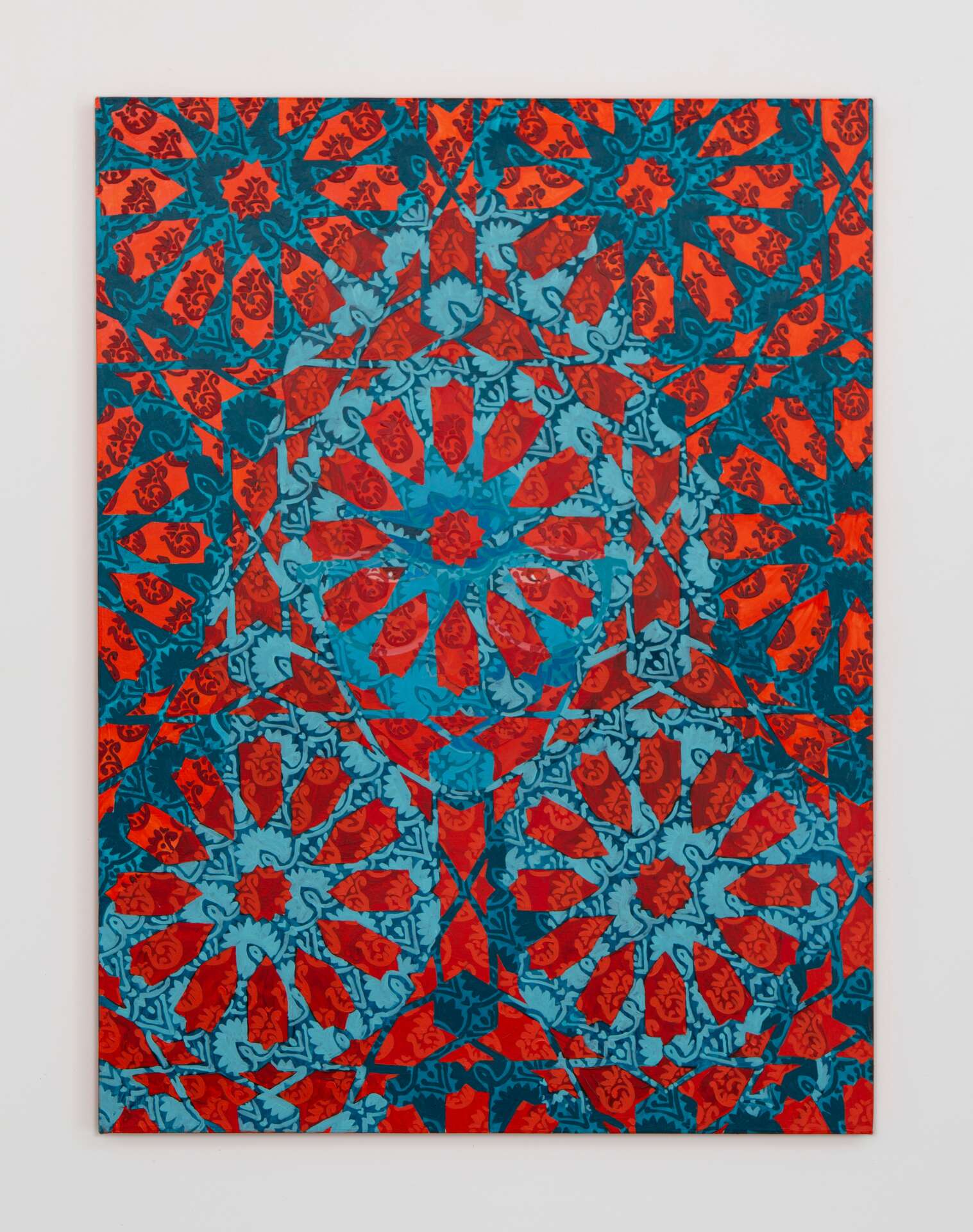
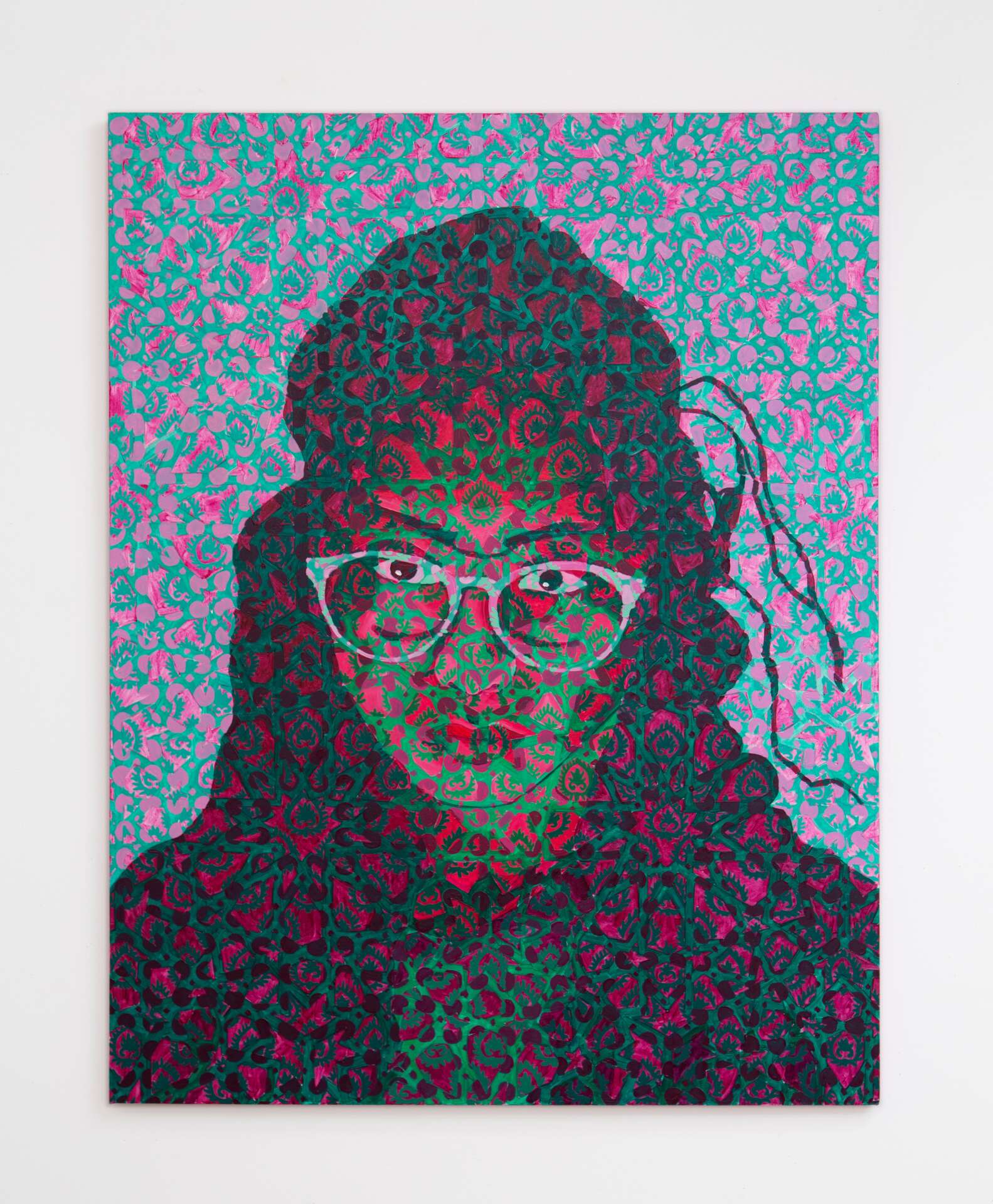
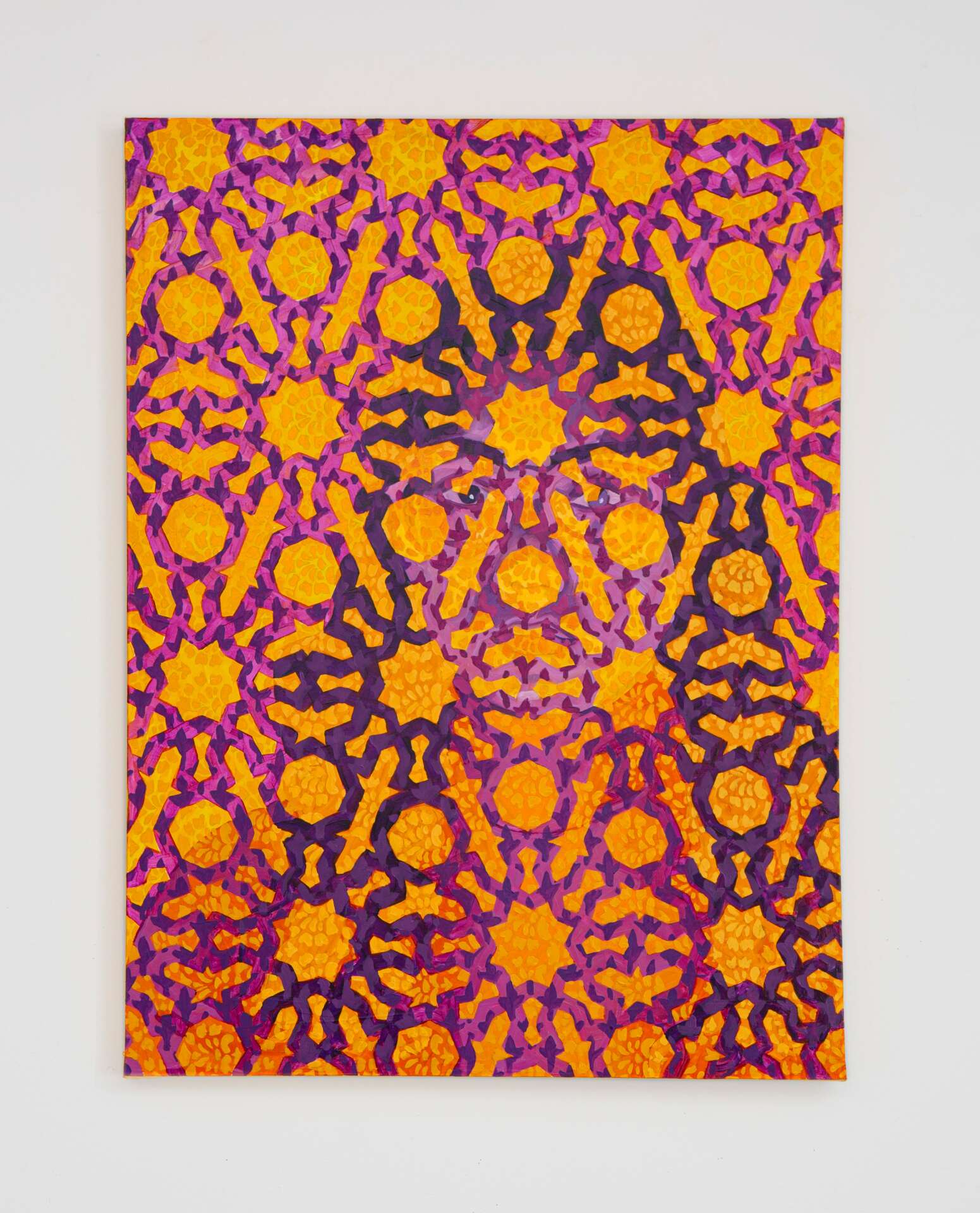
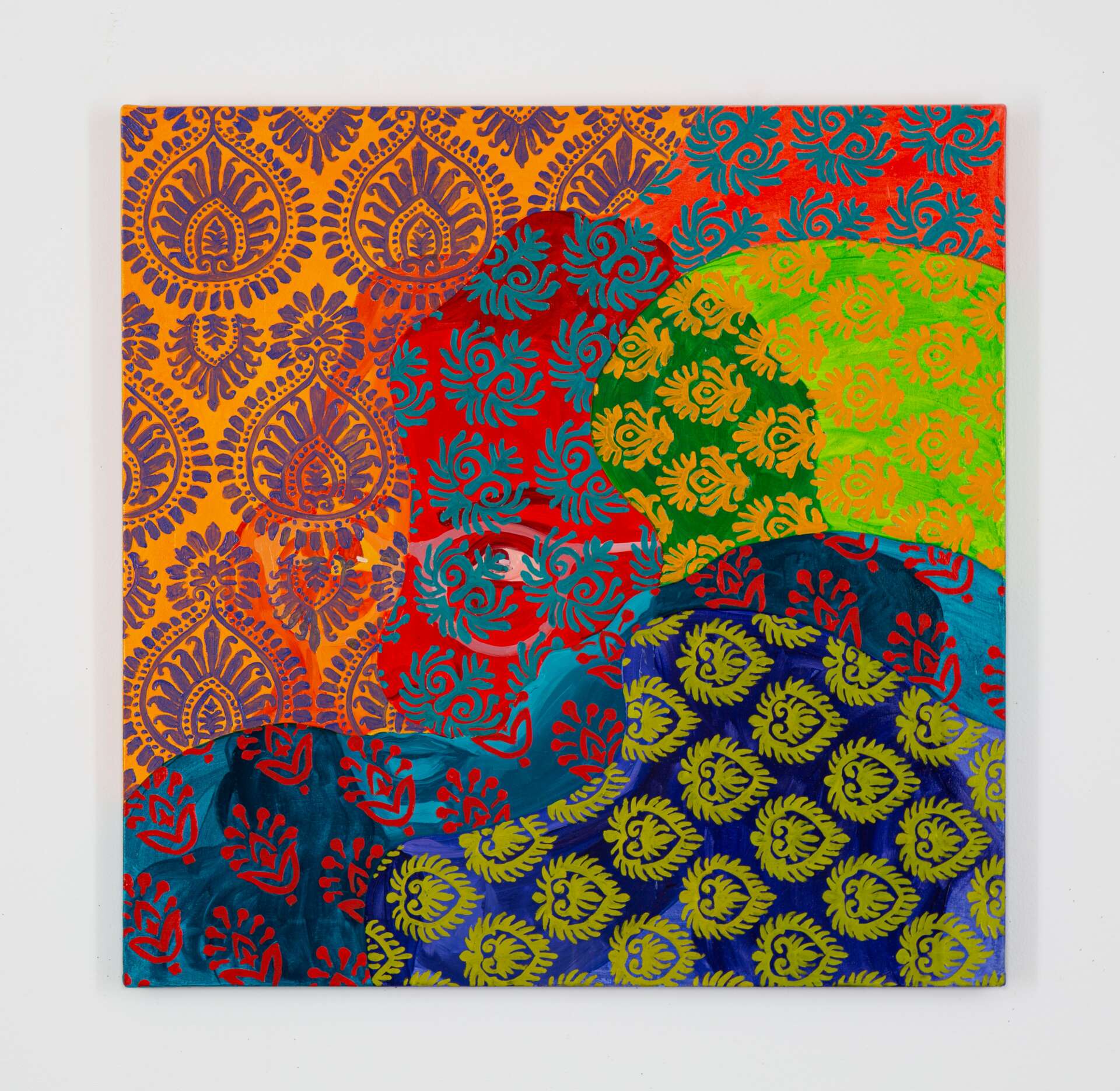
Image Credits
Federico Savini


